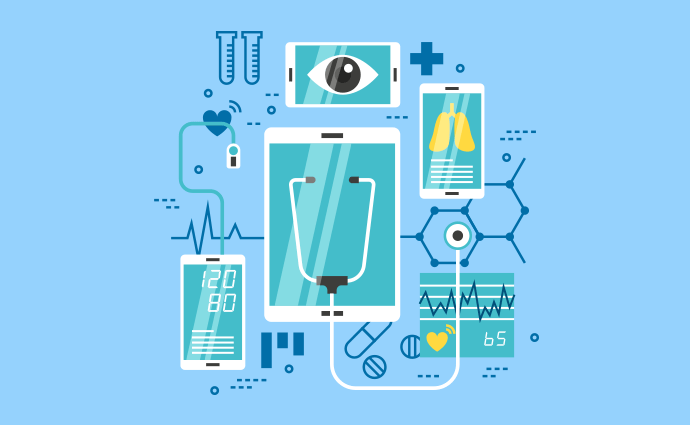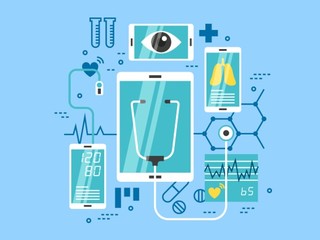 While adoption of telemedicine and digital health tools shot up quickly during the pandemic, it was always an open question as to what it would look like once things went back to normal. Would patients and physicians continue to embrace these technologies, or largely go back to the way things were before?
While adoption of telemedicine and digital health tools shot up quickly during the pandemic, it was always an open question as to what it would look like once things went back to normal. Would patients and physicians continue to embrace these technologies, or largely go back to the way things were before?
On the patient side, it seems to be the latter; telehealth visit volumes dropped nearly 60% from April 2020 to April 2022, and almost 80% of Americans pursued only in-person care in 2021. Physicians, however, are increasingly seeing the advantages of digital health solutions, and are adopting them faster than they were pre-pandemic, according to a new survey out from the American Medical Association.
The AMA first began tracking what it calls “motivations, requirements, and uses of digital health technology” of physicians back in 2016; in that time the percentage of physicians who said they feel that digital health tools are an advantage when it comes to patient care grew from 85% in 2016 to 93% in 2022.
Those increases in sentiment were across the board, regardless of physician types, age, or specialties, as was the increase in adoption: the average number of digital tools grew from 2.2 in 2016 to 3.8 in 2022. The biggest increase in adoption, by far, was in tele-visits, which grew by more than 5x, going from 14% to 80%, from 2016 to 2022; the percentage using remote monitoring also more than doubled in that time. These are also the tools that garnered the most enthusiasm among physicians, with 57% pointing to tele-visits, and 53% saying the same for remote monitoring devices.
The biggest increase in adoption, by far, was in tele-visits, which grew by more than 5x, going from 14% to 80%, from 2016 to 2022; the percentage using remote monitoring also more than doubled in that time. These are also the tools that garnered the most enthusiasm among physicians, with 57% pointing to tele-visits, and 53% saying the same for remote monitoring devices.
 When asked why they were adopting these technologies, the top answers were that it improves clinical workflows, and that it improved work efficiency, both with 88%; that was followed by 83% who said these tools improved diagnostic ability, and that they improve care coordination, while 81% said it improves patient adherence.
When asked why they were adopting these technologies, the top answers were that it improves clinical workflows, and that it improved work efficiency, both with 88%; that was followed by 83% who said these tools improved diagnostic ability, and that they improve care coordination, while 81% said it improves patient adherence.
More than three quarters of physicians also said it helps relieve their own stress and burnout, an increase from 66% said the same in 2016.
When it comes to the future, and more emerging technologies, there’s more reticence, however. Adoption for blockchain, for example, stands at just 3%, and more than 50% said it will take more than a year for them to adopt it, while 11% have adopted digital therapeutics and personal medicine technology.
A larger percentage, 16% and 18%, have adopted augmented intelligence for clinical applications and augmented intelligence for practice entities, respectively, with 39% of physicians saying they will adopt these technologies within the next year.
 “The physician adoption rate of digital health tools has accelerated as physicians grow increasingly optimistic about the advantages that properly designed digital health tools can have for patient care if key requirements are met,” AMA President Jack Resneck Jr., MD, said in a statement.
“The physician adoption rate of digital health tools has accelerated as physicians grow increasingly optimistic about the advantages that properly designed digital health tools can have for patient care if key requirements are met,” AMA President Jack Resneck Jr., MD, said in a statement.
“The AMA survey illustrates the importance physicians place on validated digital health tools that improve health while streamlining the technological and administrative burdens faced each day in medicine. These technologies also must be designed and deployed in ways that advance health equity.”
(Image source: patientengagementhit.com)















